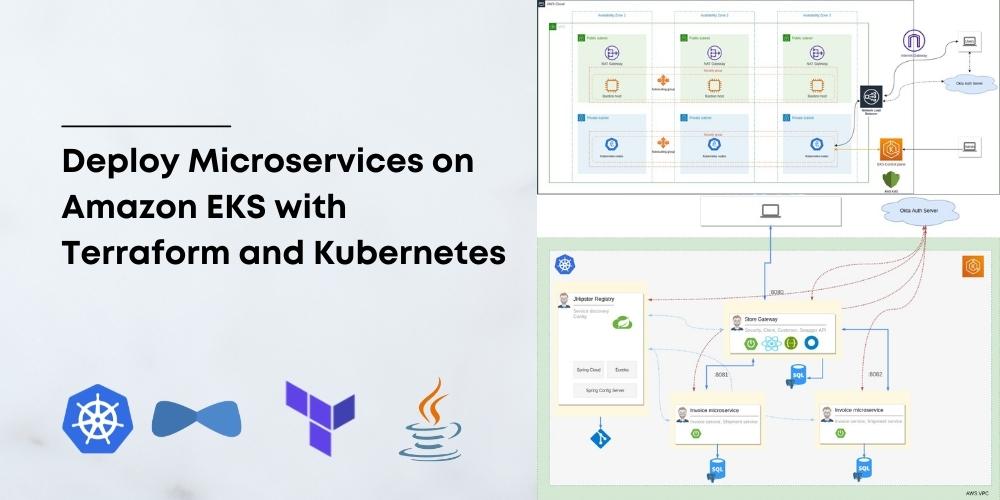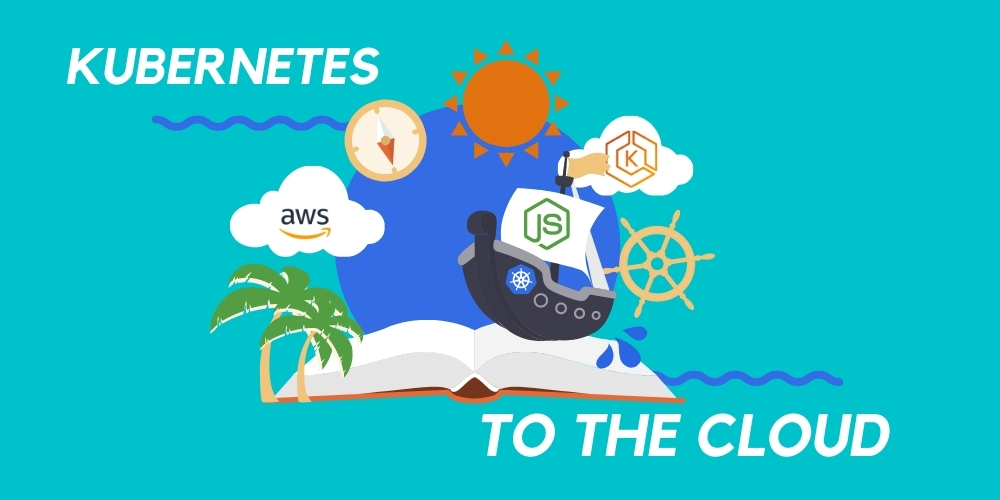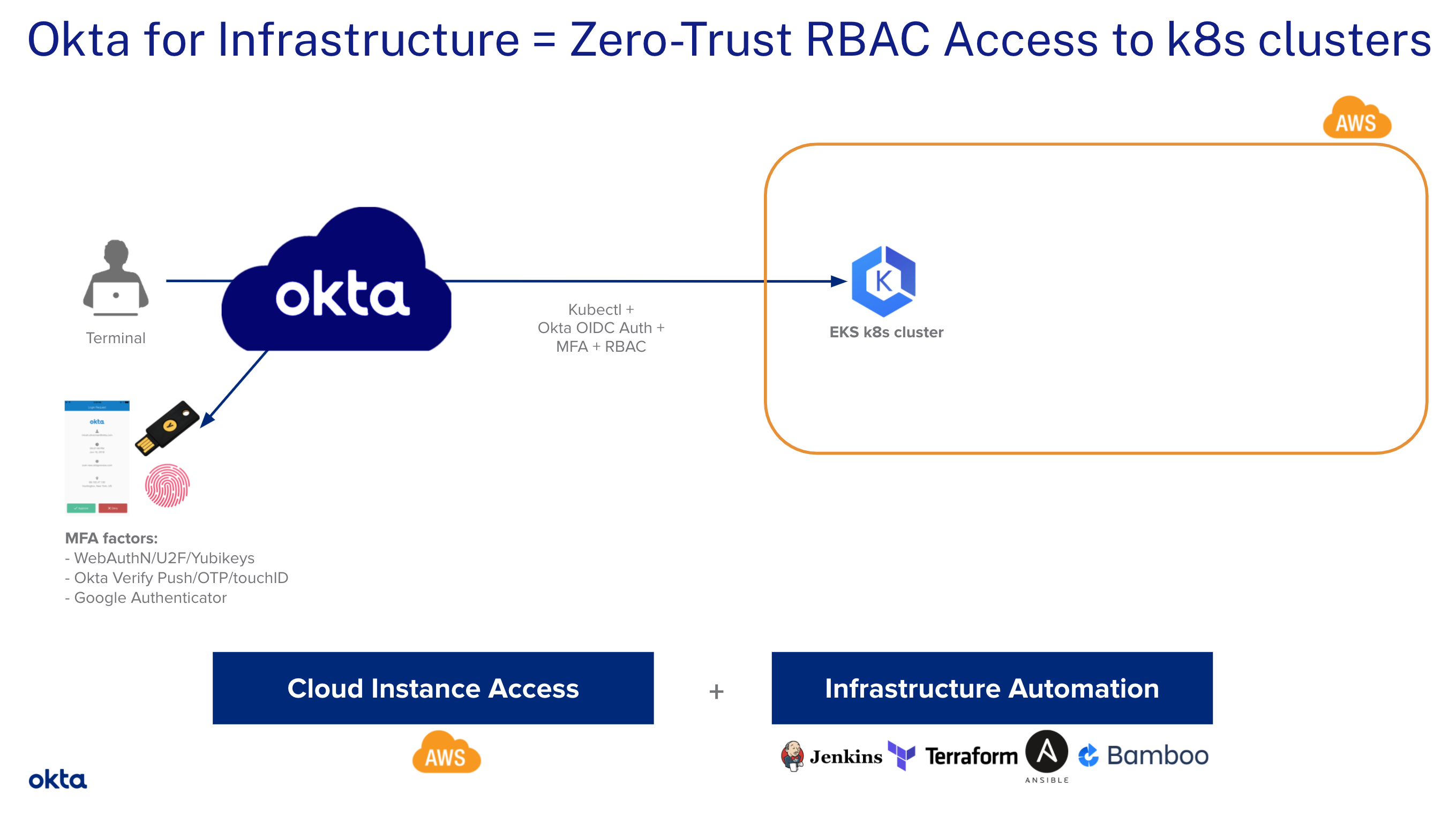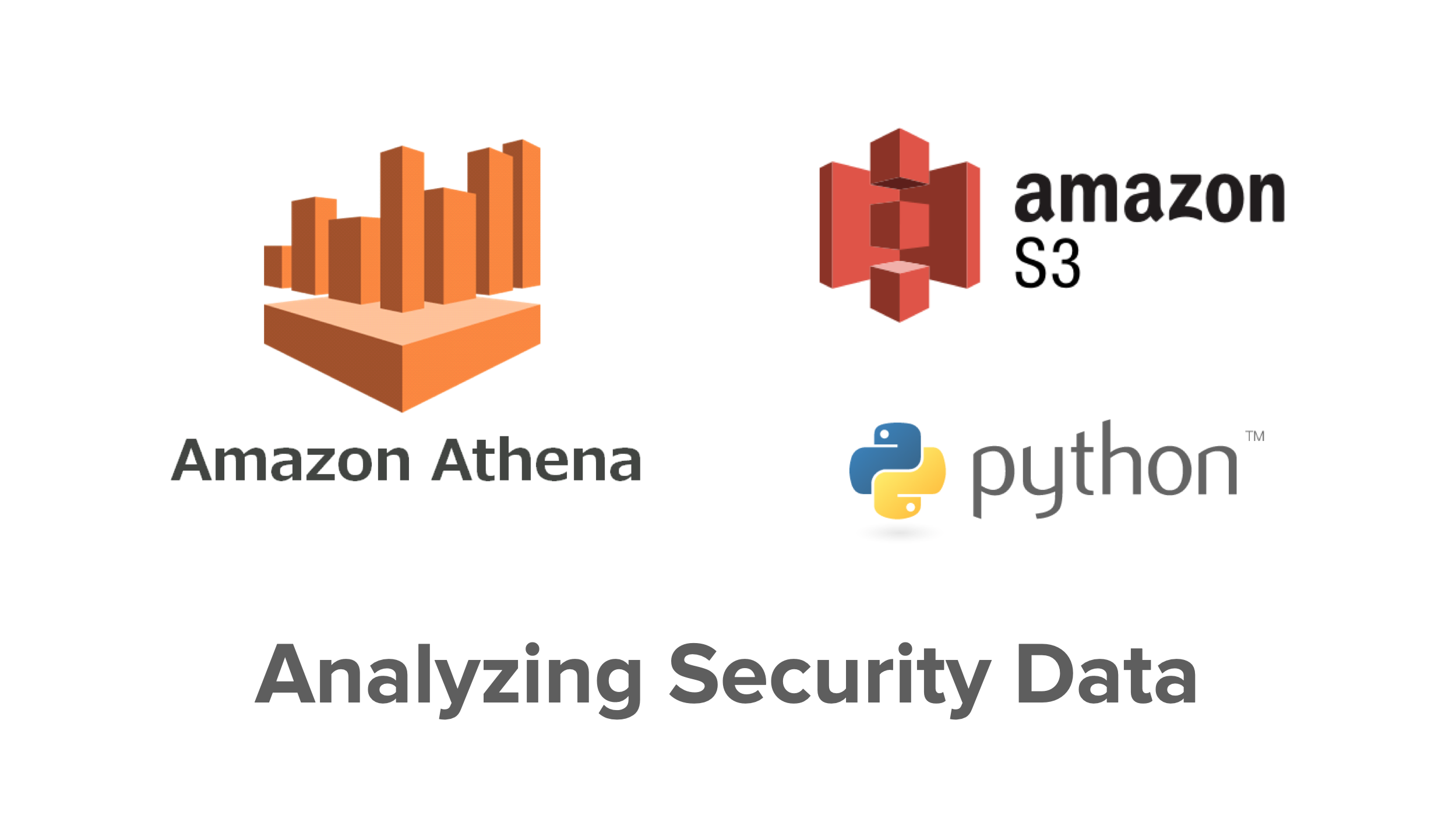Articles tagged aws
How to Create a Secure CI/CD Pipeline Using Okta Terraform

Embarking on a DevOps journey can be exciting and daunting, especially for beginners. The landscape is vast, and the learning curve can feel steep. One of the most common challenges is setting up and managing a robust Continuous Integration/Continuous Deployment (CI/CD) pipeline that ensures seamless integration and delivery of code changes. This guide aims to simplify that process by walking you through setting up a CI/CD pipeline for Okta using Terraform, AWS, and GitHub Actions....
How to Deploy Java Microservices on Amazon EKS Using Terraform and Kubernetes

When it comes to infrastructure, public clouds are the most popular choice these days, especially Amazon Web Services (AWS). If you are in one of those lucky or unlucky (depending on how you see it) teams running microservices, then you need a way to orchestrate their deployments. When it comes to orchestrating microservices, Kubernetes is the de-facto choice. Most public cloud providers also provide managed Kubernetes as a service; for example, Google provides Google Kubernetes...
How to Deploy a .NET Container with AWS ECS Fargate

In a previous article, we learned how to host a serverless .NET application using AWS Lambda. We talked about the history of serverless and how companies are using these types of technology to simplify delivering APIs and functionality faster than traditional methods. Some problems will arise in this type of application when you need more capability than standard HTTP requests like GET, POST, PUT, DELETE, etc. Web Sockets is a great example of this. Table...
Kubernetes To The Cloud With AWS: Deploying a Node.js App to EKS

Since 2013 when it was released to the public, Docker has become an industry-standard tool for development teams to package applications into small executable containers. A year later, Kubernetes was released by Google to manage large amounts of containers, and provide features for high availability (HA) and auto-scaling. While Kubernetes adds many benefits to your container management, you might find the process of setting up Kubernetes within your on-premise infrastructure quite challenging, especially on the...
Secure Access to AWS EKS Clusters for Admins

In this tutorial, we will leverage OpenID Connect (OIDC) to allow our DevOps team to securely access their EKS clusters on AWS. We use Role Based Access Control (RBAC)] to enforce the least privilege required without the need to configure AWS IAM roles. 😎 We’ll highlight the steps to manually enable an OIDC provider on your EKS clusters. At the end of this tutorial, we’ll point to resources you can leverage to automate all those...
Using AWS Toolkit for Visual Studio

Amazon Web Services is one of the most popular cloud computing platforms on the planet. There’s a good chance you will need to work in an AWS environment, which means publishing to one of their web server services like Elastic Beanstalk. The AWS platform is enormous, and this can be an intimidating task for a developer. Luckily, Amazon has released their AWS Toolkit for Visual Studio 2013-2015 and AWS Toolkit for Visual Studio 2017-2019, which...
How to Deploy Your .NET Core App to Google Cloud, AWS or Azure

There has been a cut-throat competition between cloud hosts in the past few years - each attempting to earn the sympathy of developers and dev-ops by rolling out shiny new tools, plugins, and integrations. There are a gazillion how-to tutorials and guides in the community on using these tools. Sometimes when looking for a solution, it is hard to find the newest and simplest way. I never know if an article written last year is...
Validating Okta Access Tokens in PHP using AWS API Gateway and Lambda Authorizers

Running REST APIs with AWS Lambda and AWS API Gateway has recently become a very popular option. Although AWS provides its own mechanisms to add an authentication and authorization layer to these APIs, you may want to use your Okta centralized user database and credentials instead. Today we’ll talk about how you can use Okta as the authentication and authorization layer of your REST API hosted in AWS Lambda, validating Okta access tokens using a...
Deploy a .NET Container with AWS Fargate

In the last article I wrote, I showed you how to host a serverless .NET application using AWS Lambda. In the article, we talked about the history of serverless and how companies are using these types of technology to simplify the process of delivering APIs and functionality faster than traditional methods. There are some problems that will start to arise in this type of application when you need more capability than your standard HTTP protocols...
How to Authenticate an AWS Lambda Function in C#

Serverless was only first coined as a concept 8 years ago in 2012 by Ken Fromm in The future of the world is serverless. Even with the rise of cloud computing, the world still revolves around servers. That won’t last, though. Cloud apps are moving into a serverless world, and that will bring big implications for the creation and distribution of software and applications. If you come from traditional service architecture roots of on-premises or...
Serverless Java with Amazon Web Services

Serverless is the next iteration in cloud management. First, we let go of having physical hardware servers and moved all of our servers into the cloud because, hey, why bother managing all that hardware? This created cloud infrastructure providers that resulted in behemoths like Amazon and Google. Now, they’re saying, why bother managing a server at all? What you really want to do is run code, right? Serverless is an architecture where code is run...
Using Okta Advanced Server Access & Terraform to Automate Identity & Infrastructure as Code

Many Okta customers who leverage Advanced Server Access to secure and automate identity across their dynamic infrastructure fleets use HashiCorp Terraform to declare and provision resources across AWS, GCP, and Azure. One customer built their own Terraform Provider as a wrapper to the Advanced Server Access API, which we recently had certified by the team at HashiCorp. You can read more about the announcement on the Okta blog. In this example, we’re going to showcase...
AWS Athena as a Data Analysis Supplement

As part of a security investigation, you may be tasked with determining whether a specific API action occurred throughout your cloud deployment within some distant date range. This would normally be straightforward to determine, by using either the provided CloudTrail querying console or a Security Information and Event Management platform (SIEM) which is set to consume these logs such as Splunk or Elasticsearch. For most data analysis solutions, the amount of data ingested or stored...
Deploy Your Spring Boot App the Right Way

Spring Boot is an awesome solution to speed up the development cycle of your app. Have an idea and want to transform it into a Spring Boot app, but don’t know the best way to deploy it? Look no further, we will help you out! There are plenty of options to deploy Spring Boot applications. In this article. we will cover three of them: Azure Amazon Web Services Self-hosted We will use a simple application...
Easy Spring Boot Deployment with AWS Elastic Beanstalk

Nearly all applications rely on authentication. Developers, and the companies that employ them, want to confirm who is making the request and are they who they say they are. And, this needs to happen fast enough for a good user experience. Fortunately, there are great tools to help. Spring Boot with Spring Security is a fantastic solution for Java-based web development. With relatively little code, developers can implement, test, update, and expand authentication schemes easily...
AWS Lambda vs Azure Functions for C# Serverless

As a C# developer, I became interested in how using a serverless function could complement existing projects I had done in ASP.NET 4.x. Enhancing ecosystems by using it for new requirements - without starting over from scratch - really had appeal. AWS Lambda came along first, with Azure Functions emerging onto the scene a couple of years later. In this post, we will briefly examine my experience getting started on both after using the .NET...
Build Secure Microservices with AWS Lambda and ASP.NET Core

Microservices are fun to build and offer us a scalable path to overcoming problems with tightly coupled dependencies that plague monolithic applications. This post will walk you through building an AWS Lambda microservice written in C# with .NET Core 2.1, and communicating in JSON. We’re bringing together multiple exciting technologies here - microservices, serverless API via AWS Lambda, and authentication using Okta’s easy and convenient identity provider. Each of these technologies is deserving of their...
Use AWS CloudFormation to Automate Static Site Deployment with S3
Getting started with CloudFormation can be intimidating, but once you get the hang of it, automating tasks is easy. While CloudFormation might seem like overkill for something as simple as deploying a static site (for example you could just copy HTML files to a S3 bucket using the Amazon Console or from the CLI), if your shop uses continuous integration and you have multiple deployments happening at the same time, it’s more efficient for you...
Deploy Your Secure Vue.js App to AWS
Writing a Vue app is intuitive, straightforward, and fast. With low barriers to entry, a component-based approach, and built-in features like hot reloading and webpack, Vue allows you to focus on developing your application rather than worrying about your dev environment and build processes. But, what happens when you are ready to deploy your app into production? The choices can be endless and sometimes unintuitive. As an AWS Certified Solutions Architect, I am frequently asked...